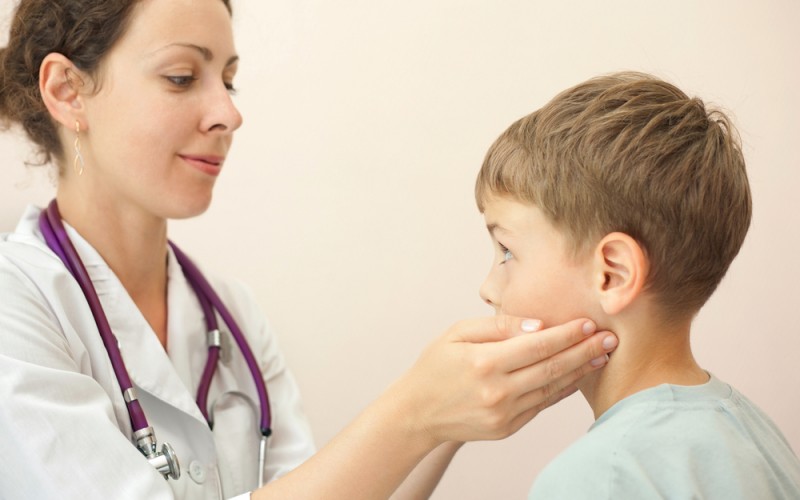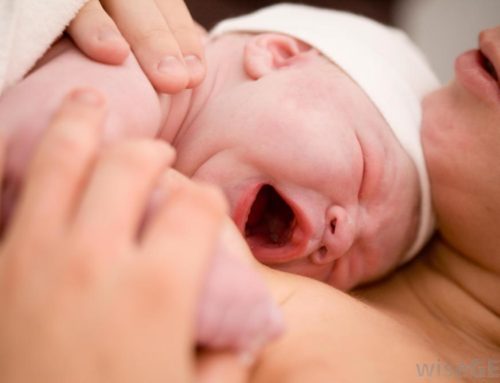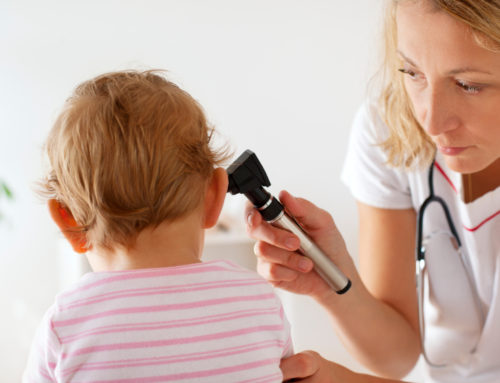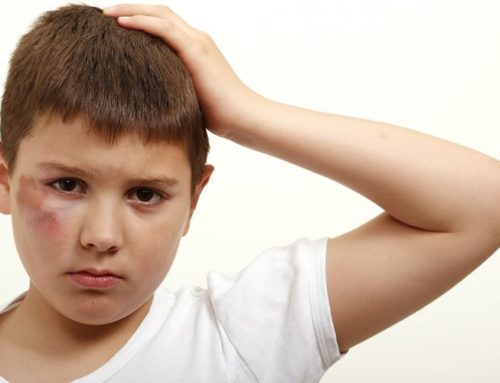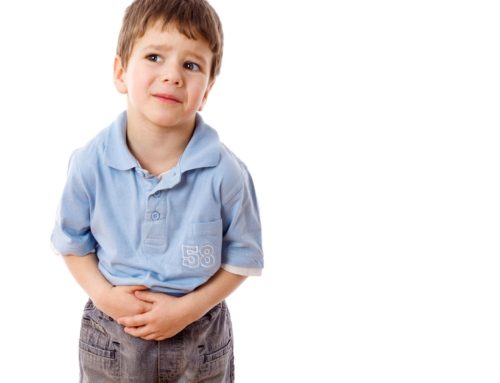What are nodes?
Nodes means lymph nodes bean shaped organs that are parts of the lymphatic system. Nodes are all over the body (neck, armpits, groin area).
Nodes are usually small so you can feel or see them under the skin only when they are swollen, a condition called “lymphadenopathy”. Lymphadenopathy can last some days (acute) or even months (chronic).
What causes swollen neck nodes in children?
- Infection- it is the most common cause of swollen nodes. The infection can be due to viruses like in the common cold or to bacteria like in strept sore throat.
- Non infection conditions like the connective tissues diseases or cancer.
The symptoms
Swollen neck nodes are large lumps you can see or feel in the front, sides or back of the neck. They can be painful especially if you touch them and the skin around them can sometimes be red and warm.
Depending from what is causing the swollen nodes the children can have others symptoms like, in the case of a cold, runny nose, stuffy nose or a cough.
Should I call my doctor?
Yes, because there are different conditions that can cause swollen neck nodes, it is better to know by the doctor if it is necessary to examine the child.
Does my child need tests?
It depends by the nodes, by the age of the infant, and by the symptoms. The tests may include:
- Blood tests
- Lab tests, like a throat swab
- An imaging test like an ultrasound or a TC
- A biopsy
- A Mantoux test for tuberculosis
Therapy
It depends on what is the cause. In the most cases no treatment is needed. Sometimes antibiotics are needed and in very rare cases surgery is necessary.
COMMON BREASTFEEDING PROBLEMS
What can be the problems during breastfeeding?
- Women can have many problems during breastfeeding. So they can decide to continue breastfeeding or to stop it even if the majority of these problems can be treated. Woman can deal with these problems by themselves or look for the help of a breastfeeding expert called lactation consultant.
Engorgement
- It can happen when the breasts are too full of milk, engorged so the baby has problems with latch-on (make a tight seal with his or her mouth around the nipple). The breasts can be swollen, hard, warm and painful.
- You can try to relieve engorgement by using your hand or a breast pump to let some milk out between the feedings (not so much milk, just a little).
- Use cold packs
- You can take some pain relieving medicines (acetaminophen, ibuprofen)
- Take a warm shower
- Gently massage your breasts to let the milk flow
Sore or painful nipples
Some pain is normal during the first part of each breastfeeding session, while it is not normal the pain continues for the whole breastfeeding session. In this case it could be caused by cracks, blisters, or bruises. These conditions can be due to different reasons, the most common is when a baby does not have a good latch on. So the most important thing you can do in this case is to make sure your baby latches on the right way. You can try to follow some home remedies:
- Lanolin if your nipples are cracked or row
- Apply a cool or warm wash cloth on your nipples
- Take some pain relievers
- Wear breast pads between feedings
- Don’t let your child bit your breasts during the feeding
Blocked milk ducts
A blocked milk duct can cause a red and painful breast lump. Try to breastfeed often and make sure your child gets the breasts empty. To do this start the feeding with the breast with the blocked ducts, use different breastfeeding positions, take a warm shower and gently massage the breast.
A breast infection is called mastitis, a condition with fever, muscle pain, chills, and a red, hard, swollen area, on the affected breast.
To treat mastitis you can:
- Take pain relieving medicines
- Massage your breasts during feedings
- Use a breast pump to empty your breasts after feedings
- Take antibiotics
Nipple color changes
The nipples can turn white, blue, or red, and be painful. To treat this you can:
- Turn up the room temperature and wear warm clothes
- Put a warm clothe over your breasts before and after breastfeeding
- Stop smoking, avoid caffeine or use vasoactive drugs
When should I see a doctor?
- A blocked milk duct that doesn’t improve after 3 days
- A mastitis
- Blood leaking from the nipple
- Pain that lasts for the whole breastfeeding session

